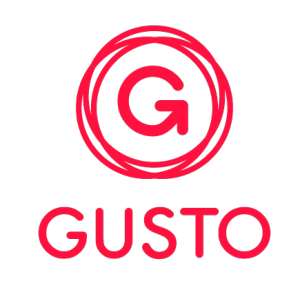You just got a job a fast-growing startup. Congratulations! Your friends are jealous, your partner is nervous, and your parents don’t quite understand what your company does. No matter what happens to the company, you’re in for an excellent adventure.
But working at a startup is different from working anywhere else. These young companies don’t have the history of established organizations. Your colleagues haven’t worked together very long. The industry might not even be well defined. For these reasons many people struggle in startups, even though they are smart and skilled and have succeeded all their lives.
You want to be successful in your new job, of course. So how can you make sure you start out strong at a startup? The key is communication.
With that in mind, here are five tips for success.
- Ask for information. You probably won’t be handed an instruction manual for your job (and if you are, it’s already out of date). You need to locate the resources you need, and your colleagues know how to find them. So ask: Where are the files of other people who have worked on this problem? What approaches have been tried already? Who else has worked in this area and might have details? There are no processes to share information, so you have to hustle for it. At a good startup people are happy to share what they know, and what they think.
- Ask to join meetings. Ask to sit in on meetings, even if they aren’t about things you are directly concerned with. Sit quietly and absorb what you can about the products, the market, and how your company solves problems. Going to lots of meetings is also a good way to meet colleagues outside of your immediate team.
- Write your job description. Tell your manager what you will be doing to move the company forward, and why it should be your responsibility. Don’t assume you will be doing the narrow task you were hired for – within three months you’ll likely be doing something different anyway. Every employee in a startup needs to be prepared to identify and tackle key problems, and unless you’re a new college graduate, you are expected to have the experience to do this independently. So take initiative and remember that “it’s better to ask for forgiveness than permission.”
- Have an opinion. Don’t wait to start inserting your good judgment into the company. You were hired for your expertise, and you need to contribute quickly – before you have a chance to learn everything about the company and its products. So when you observe something you would like to do, tell your colleagues why: “Here’s what I think I/we should be doing, and here’s how I/we can do it.” But since you are still new, follow up by asking, “I think this based on my current understanding of the situation. What don’t I know yet that might improve my idea?”
- Check in regularly. Set up weekly check-in meetings with your immediate peers, each member of your team who reports to you, and your manager. Keep the meetings, and scale them back once you feel comfortable in your new job. Use these opportunities to ask more questions and learn more from the perspective of those who have been in the company already.
Fundamentally, all startups are trying to discover or create information that has never been found before. Your priorities and communications should flow from how your company approaches this basic goal.
What other tips do you have for someone starting a job at a startup? Share your advice in the comments.
IMAGE ATTRIBUTION
Mark Zuckerberg speaks at Startup School by Robert Scoble CC BY-SA 2.0






